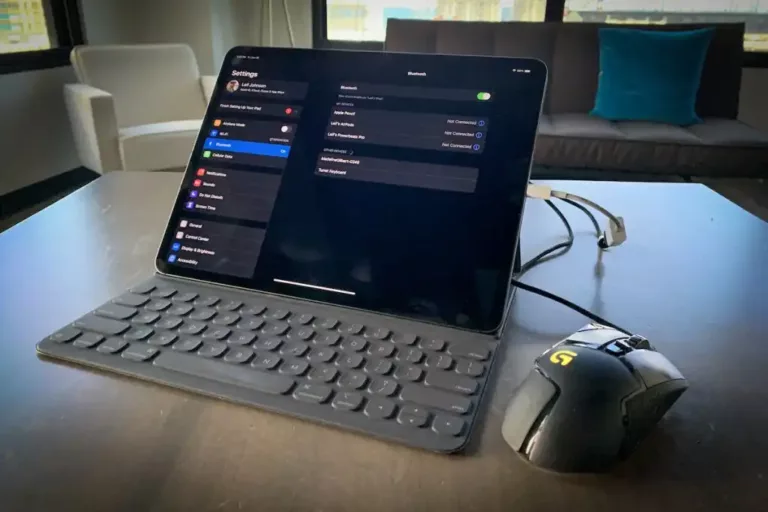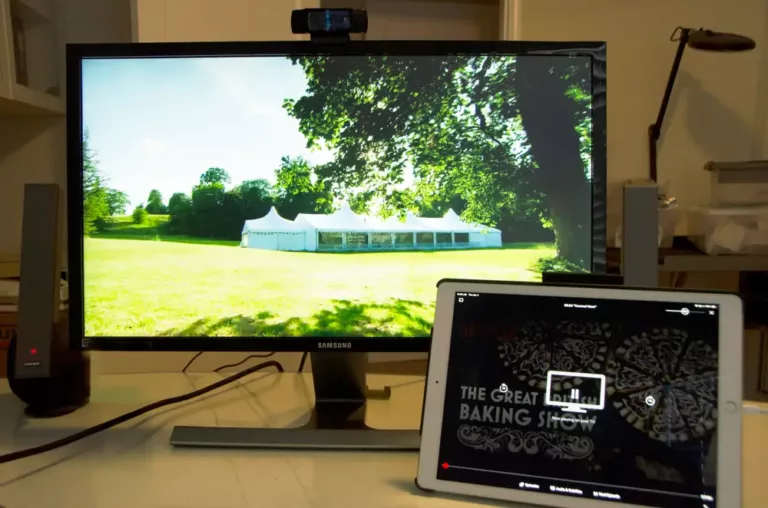How do I reset my iPad?
-
Table of Contents
Step-by-step guide to resetting your iPad
How do I reset my iPad? If you find yourself asking this question, you’re not alone. Resetting your iPad can be a useful troubleshooting step when you encounter issues with your device. Whether you’re experiencing a frozen screen, unresponsive apps, or simply want to start fresh, a reset can often resolve these problems. In this step-by-step guide, we will walk you through the process of resetting your iPad.
Before we begin, it’s important to note that resetting your iPad will erase all data and settings on the device. Therefore, it’s crucial to back up your data beforehand to avoid losing any important information. You can back up your iPad using iCloud or iTunes, depending on your preference.
To start the reset process, locate the “Settings” app on your iPad’s home screen.
Common issues that can be resolved by resetting your iPad
Common issues that can be resolved by resetting your iPad
If you’re experiencing problems with your iPad, such as freezing, slow performance, or unresponsive apps, resetting your device can often help resolve these issues. Resetting your iPad essentially means restoring it to its original factory settings, which can help eliminate any software glitches or conflicts that may be causing the problems. In this article, we will discuss some common issues that can be resolved by resetting your iPad and provide step-by-step instructions on how to do it.
One common issue that can be resolved by resetting your iPad is freezing or unresponsive apps. If you find that certain apps on your iPad are not working properly or are freezing frequently, a reset can help clear any temporary files or cache that may be causing the problem. Additionally, if your iPad
Exploring the different reset options for your iPad
How do I reset my iPad?
If you find yourself facing issues with your iPad, such as freezing, crashing, or unresponsive apps, a reset might be the solution you need. Resetting your iPad can help resolve software glitches and restore it to its original settings. In this article, we will explore the different reset options available for your iPad.
The first reset option is a soft reset. This is the simplest and quickest way to reset your iPad. To perform a soft reset, press and hold the power button until the “slide to power off” slider appears. Then, slide the slider to turn off your iPad. Wait for a few seconds, and then press and hold the power button again until the Apple logo appears. Your iPad will restart, and hopefully, the issues you were experiencing will
Tips and precautions to consider before resetting your iPad
Resetting your iPad can be a useful solution when you encounter issues such as freezing, slow performance, or unresponsive apps. However, before you proceed with resetting your device, there are a few tips and precautions you should consider to ensure a smooth and hassle-free process.
First and foremost, it is crucial to back up your data before resetting your iPad. This step is essential to prevent any loss of important files, photos, or documents. You can back up your iPad using iCloud or iTunes, depending on your preference. iCloud allows you to store your data in the cloud, while iTunes enables you to create a backup on your computer. Whichever method you choose, make sure to complete the backup process before proceeding.
Another important tip is to disable Find My iPad.





